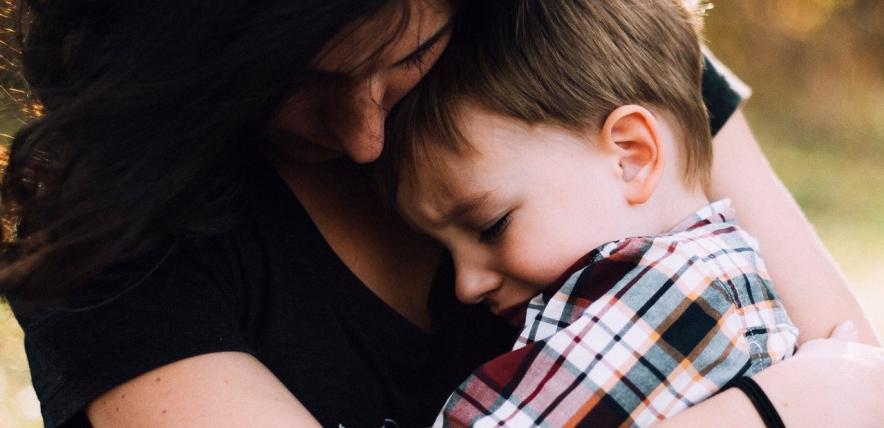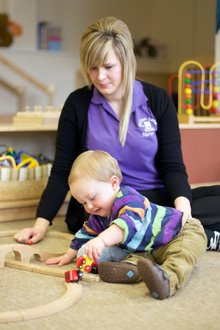My toddler does not like to be left with anyone else and any separation leads to tears. What can I do to make separations easier?
Most children go through a phase of being overly-attached to one, or both, parents at some point in their early years. The tears can make leaving them at nursery or with a childminder heartbreaking.
Kate Harding’s toddler would cling to her every morning when they arrived at her nursery. “She wasn’t upset when she woke up in the morning, or even in the car as we drove to her early years setting, but once it was time for me to leave it was the same every day,” Kate says.
“She would cling to my leg and literally had to be peeled off by one of the staff. Often I’d leave upset and in tears. On those days, no amount of reassurance from her key person that she was well and thriving would make me feel better.”
Important for resilience
Experts say that it’s completely normal for young children to go through what could be described as a clingy phase, and it is an important part of their development.
For many, anxiety at being separated from a parent begins at six to nine months. It is around this time that babies become conscious that they are separate little beings and are not the same person as their parent. This clinginess can go on for a couple of years or more, and can get worse when they go to nursery or a child-minder.
As difficult as it is to be separated from a crying, anxious child you shouldn’t avoid leaving them. Explaining why you need to be apart, saying goodbye, telling them when you will be back and reinforcing the positives of this is all part of teaching your child how to be resilient.
Kate says: “I would tell my daughter that I had to go to work so we had money, and remind her how much fun it would be to play with her friends. Often this did the trick.”
Getting used to new surroundings
Nurseries and pre-school settings understand the importance of a settling-in period before your child starts officially to try to stave off such problems.
Usually you stay with your child for several sessions, and then gradually leave them for longer periods. Your child’s key person will work with you to settle your child. This helps them to get used to their new surroundings and helps you both become familiar with the staff and children.
Remember, this is something your child is experiencing for the first time, so it’s not surprising they might feel uncertain or anxious.
“I always tried not to sneak out of the nursery when leaving,” Kate says, “but to give her a kiss and wish her a good day, and to wave through the window. At times it was hard to stay calm and collected while she was upset but gradually she got to know the routine and the crying stopped.
“In any event, even at her worst, the staff always assured me that the crying stopped once I’d gone and she got on with the day’s activities. It was probably worse for me, in fact.”
Checking in — by phone
Early years experts say that while parents might want to be reassured their child is fine by returning to the setting, this can be disruptive and unsettle the child again.
A quick phone call is usually enough to provide you with reassurance that everything is alright. However, if a toddler remains unduly upset by separation for a prolonged period it might be worth considering if there are other reasons for them feeling unsettled.
Talk to your child’s key person or childminder about your concerns they should be able to advise you what is best for your child, even if this means delaying their start at the setting for a few weeks or extending their settling in period.
Kate adds: “My own experience, and those of other parents I know, is that this separation anxiety is a temporary thing. There will come a day they run off without even a kiss goodbye.”
By Dorothy Lepkowska for the Early Years Alliance.
Where next?
Why hugs and kisses help your child to thrive







